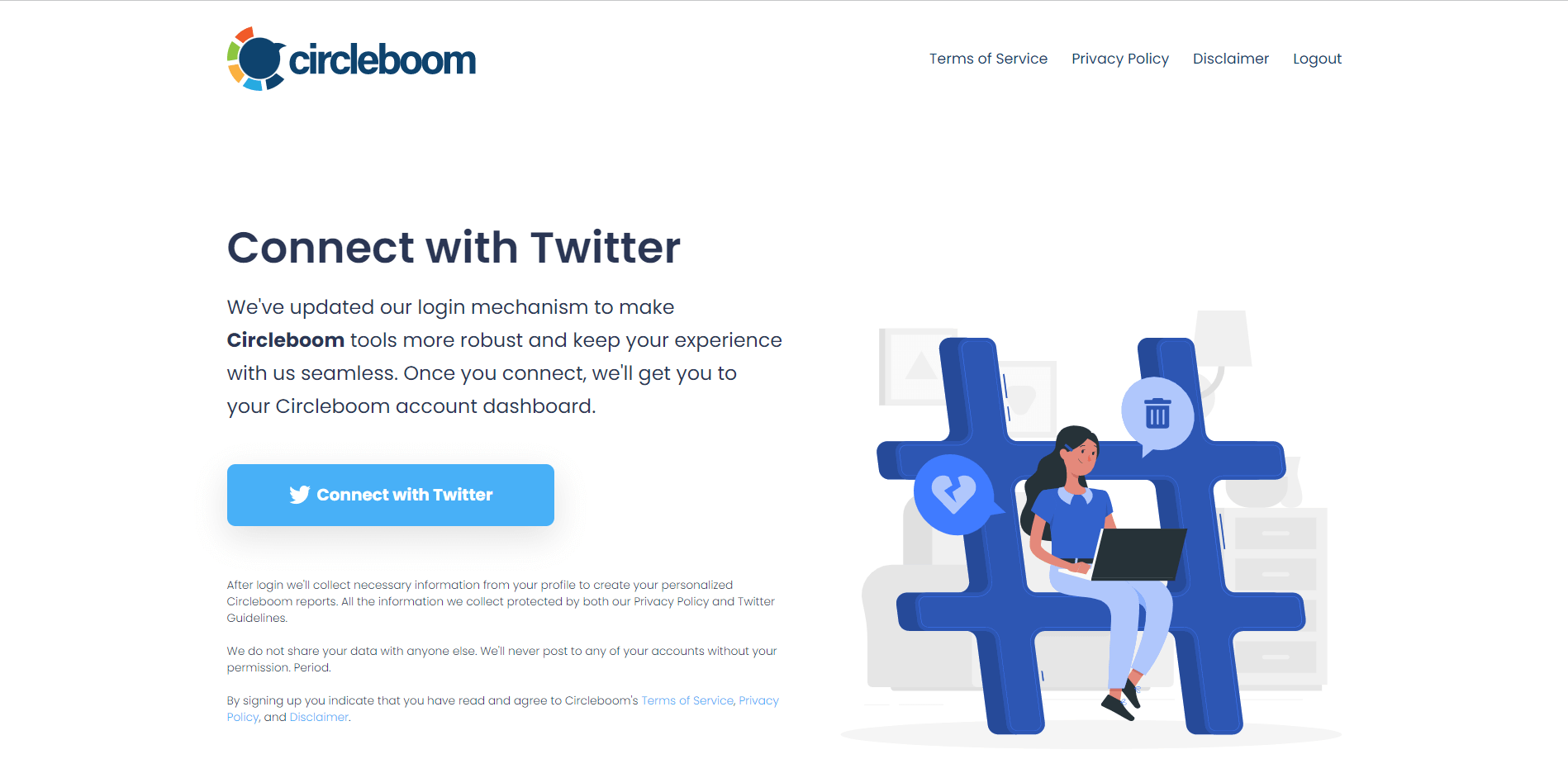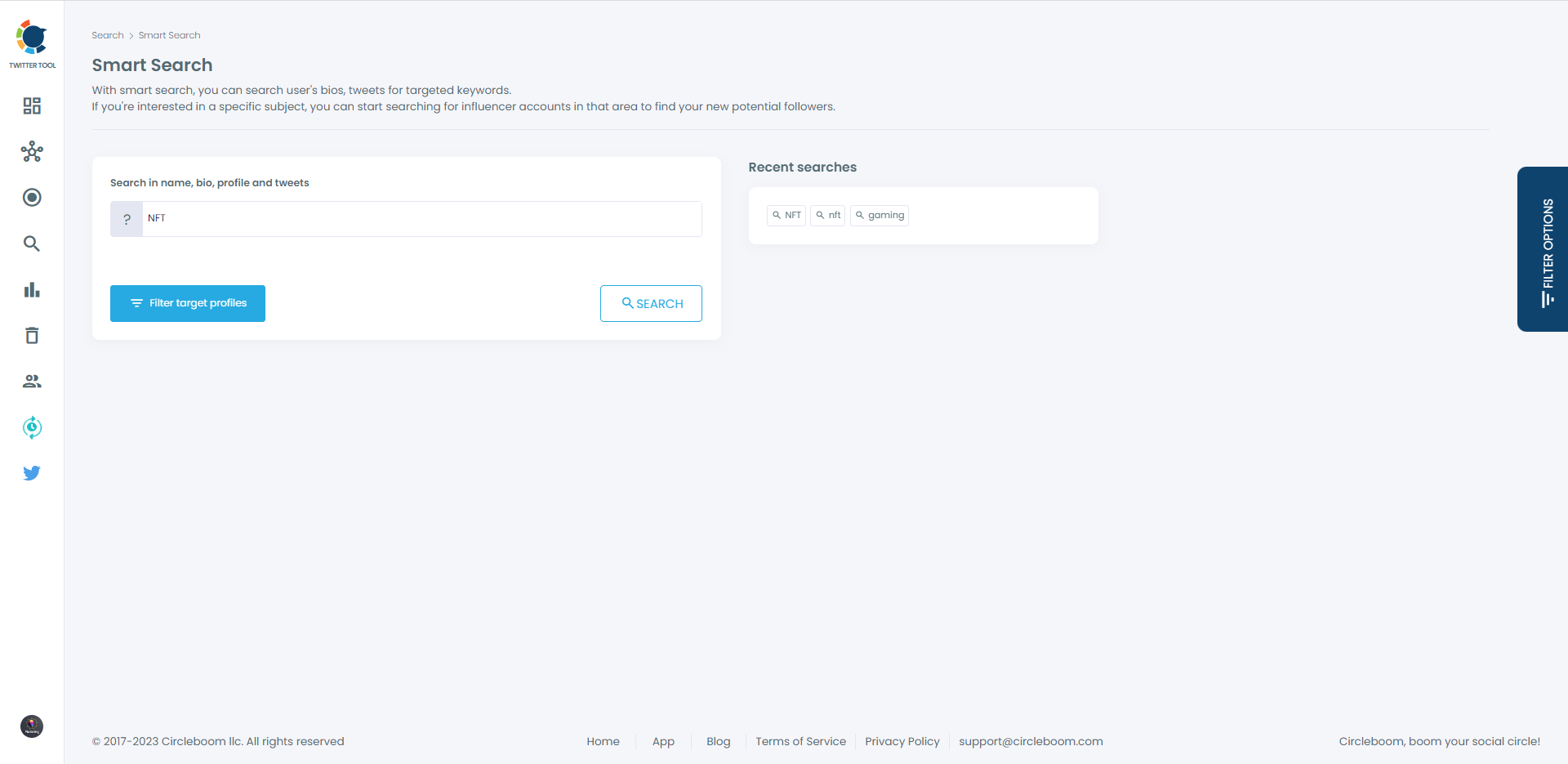Twitter is not a street wall where you write your thoughts! Well, even street walls have a market value in terms of advertisement.
There is a massive economy going on the platform, and every business can benefit from this flow. Whatever your niche, industry, product and service, you should know the competitor advantage of Twitter.
On the other hand, Twitter is a wild arena. You won't be alone in promoting your business. That's why a deep competitor analysis on Twitter is a key action to be successful in marketing and advertising.
So, what is a Twitter competitor analysis? How and why do business owners analyze their competitors on Twitter?
What is Twitter Competitor Analysis?
Twitter competitor analysis is a tactical procedure that entails investigating and assessing your competitors' actions, plans, advantages, disadvantages, and general presence on the Twitter network. Using competition analysis, you may improve your Twitter strategy for greater engagement, reach, and effectiveness by learning essential insights about how other companies or people use Twitter.
There are steps and phases that you should follow carefully to conduct a competitor analysis. They are:
- Competitor identification
- Searching competitor profiles
- Content analysis
- Engagement and interaction analysis
- Follower growth analysis
- Hashtag analysis
- CTA and link analysis
- SWOT analysis
Let's take a closer look at each of them!
Competitor Identification and Searching Competitor Profiles
Knowing your sector or niche and identifying significant players, thought leaders, and influencers are an excellent place to start. Use relevant hashtags and search terms to find accounts, then look through suggested accounts. Consider filtering Twitter's advanced search by words and phrases associated with your industry. Potential rivals can also be discovered by participating in industry chats and discussions and keeping an eye on pertinent hashtags.
At this point, I want to introduce Circleboom Twitter. It is a full-fledged Twitter management tool that you can search in Twitter profiles and bios with keywords to find targeted accounts on any topics and niches.
Circleboom Twitter - Competitor Analysis
Find your business competitors on Twitter with Circleboom.
You can type a keyword and narrow the results with amazing filters. You can filter searched accounts by location, language, join date, authenticity (fake, bot, spam), engagement level ( low engagement accounts, high engagement accounts) or status (verified or not).
For example, you are interested in NFT projects and want to be a Twitter NFT influencer. Then, you may want to find top Twitter NFT influencers, your future competitors.
You should follow these steps on Circleboom to find your competitors on Twitter:
Step #1: Log into your Circleboom account.
If it is your first try, you should create an account. It takes only a minute.
Step #2: Now, you should connect your Twitter account to Circleboom.
It is a totally safe process. Circleboom is a trusted Twitter partner.
Step #3: You are on the Circleboom dashboard now!
Navigate to the left menu and find "Search" and then "Smart Search."
Step #4: You should enter the term you want to search in Twitter profiles.
I wrote"NFT".
You can also apply filters.
I want to list profiles that have more than 5,000 followers. Also, I wanted to see only verified accounts. Last, I didn't want to see fake, inactive accounts.
Step #5: Circleboom will list the results.
You can see their tweet, follower and friend numbers, their join date on Twitter, and how active they are.
You can map Twitter accounts and find their locations. This would be a tactical advantage over your competitor because you can redesign your marketing and advertising strategy.
Also, you can filter Twitter accounts by language. For example, if your competitor has followers who speak mostly French. Then, you can target these people with content produced in French more easily.
The join date of Twitter users is another important piece of information to make a decision on an account. You can search Twitter accounts by joining dates on Circleboom.
Why is it important? Because if you can search Twitter accounts by join date, you can find or avoid newbies on Twitter. Newly created accounts could be good or bad for your marketing strategy, so you will know what to do with Circleboom!
Also, you can calculate the possible impressions and engagement for your Twitter content by analyzing your Twitter competitors' audience. If they are followed by high-engagement users, it is highly possible that your tweets will receive satisfying likes and retweets. At least, there is this possibility!
Content Analysis
Understanding what connects with your expected audience requires an analysis of the Twitter content strategies of your competitors. Examine the stuff they publish, including any instructive articles, visuals, offers, or interactive polls. Please take note of their storytelling stance, message style, and content themes. This study aids in your understanding of the entire brand identity and messaging strategy used by your competitors to captivate their audience.
Investigate how the content of your rivals interacts with the audience. Look at how they respond to remarks, mentions, retweets, and direct exchanges. Do they respond to comments promptly? Do they promote dialogue, or are they merely delivering messages? Understanding the depth of their community-building efforts can be gained by observing their degree of engagement and how they react. Keep track of the content categories that get more retweets, likes, comments, and shares. Keep track of the content categories that get more retweets, likes, comments, and shares. Moreover, consider using Unkover to help you automate these processes and gather insight into your competitors' strategies with more ease.
Engagement and Interaction Analysis
Investigating your rivals' engagement and interaction techniques might give you insightful knowledge about how they grow their online community. Examine their reactions to remarks, mentions, and messages. Do they rely on automated replies, or do they provide thoughtful, individualized responses? By understanding their engagement strategy, you may assess someone's devotion to forging sincere bonds with followers.
Consider how quickly your rivals react to interactions. Do they quickly respond, demonstrating a lively online presence? Observe how frequently they interact with their audience as well. Do they interact with each other frequently or only occasionally? Prompt and continuous involvement demonstrates a dedication to maintaining contact with followers.
Follower Growth Analysis
Analyzing the patterns and trends in your competitors' follower counts over time is called follower growth analysis. Keep tabs on their following development, noting whether it is constant, progressive, or fluctuating dramatically. Examine the timing of these spikes to see if any campaigns, occasions, or engagement methods are associated with them. This data can shed light on how well their content and marketing initiatives are working.
Look into whether the type of material your competitors share and their following growth are related. Do some sorts of material attract more followers than others? Check to see if their posts with multimedia, hashtags, or interactive features get greater engagement and, as a result, more followers. Your own content strategy may be influenced by learning which of their articles resonate the best with their audience.
If you want to track your follower growth over time, you can utilize Circleboom without any doubt!
Hashtag Analysis
Examining the hashtags your rivals use in their tweets is critical in a hashtag study. Watch how frequently and consistently they use hashtags. Examine whether they frequently use hot themes, a list of hashtags related to your business, or a combination of both. This information can show how they plan to make their tweets more visible and match the topic to current conversations.
Keep an eye on how pertinent the hashtags are to the information in their tweets. Check to see if the hashtags they use represent the subjects being addressed. Hashtags can be overused or misused to make tweets seem spammy or unconnected from the actual content, which may reduce engagement and credibility.
For popular hashtags, you don't need your competitors. You can find and use trending, related hashtags on any niche and topic with Circleboom's Twitter Hashtag Generator.
CTA and Link Analysis
Examining the links and Call-to-Action (CTA) elements used by your rivals in their tweets might reveal important information about their engagement and conversion methods. Pay attention to how frequently they use CTAs like "Shop now," "Learn more," "Sign up," or "Visit our website." Monitor where these CTAs are placed in the tweets to see if they successfully inspire user action. You may hone your strategy for promoting interactions and encouraging desired activities by learning which CTAs their audience responds to.
Look at the types of links that your rivals tweet about. Do they send fans to their website, landing pages, blogs, or other online content? Consider the various link destinations and how they fit into the organization's content strategy. Check to see if certain link kinds, including those in articles, multimedia, or promotional pages, increase engagement and click-through rates.
SWOT Analysis
An entity's Strengths, Weaknesses, Opportunities, and Threats (SWOT) are evaluated using the SWOT analysis, which is a strategic framework. It entails analyzing the entity's internal and external opportunities and problems as well as strengths and weaknesses to understand the entity's current situation and guide strategic decision-making.
Start by determining the Twitter advantages of your rivals. Examine what distinguishes them and makes their Twitter presence interesting. This may include elements like a sizable and active follower network, consistently excellent content, clever use of hashtags and trends, and creative engagement tactics. Look for distinctive qualities that add to their competitive edge, such as distinctive branding, interactive advertising, or thought leadership.
Look for any weaknesses or difficulties that your competition may be having. This could involve inconsistent posting frequency or material quality, a lack of engagement with followers, or insufficient engagement efforts. Understanding where you might have the chance to set yourself apart by excelling in these areas is made more accessible by identifying their deficiencies.
Wrapping Up
Twitter is a great marketplace and you will find great opportunities to level your business up. But of course, there will be competitors regardless of what you are doing!
To be successful, you should conduct a well-prepared competitor analysis on Twitter. This includes:
- Competitor identification
- Searching competitor profiles
- Content analysis
- Engagement and interaction analysis
- Follower growth analysis
- Hashtag analysis
- CTA and link analysis
- SWOT analysis
You can search and find your competitors on Twitter with Circleboom's Advanced Search tool. You can narrow down search results and find targeted accounts more easily.
















